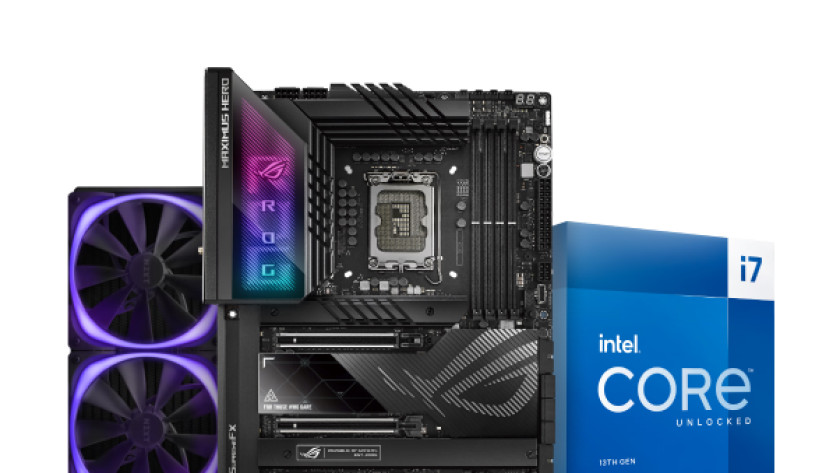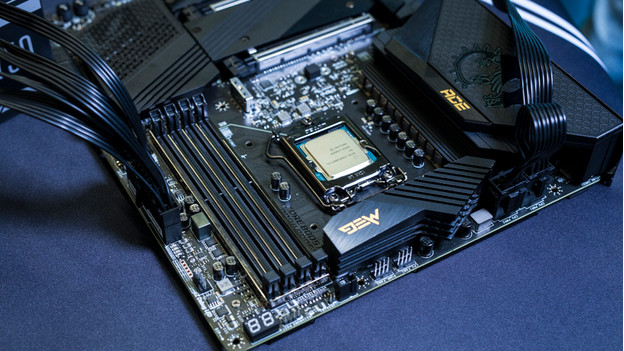
Compose your own Intel PC
LGA 1700: 12th and 13th generation, future-proof

The LGA 1700 socket works together with the latest 2 Intel generations, the 12th and 13th generation. This makes an LGA 1700 setup better future-proof than an LGA 1200 setup. LGA 1700 offers DDR5 and PCIe 5.0 support, and more. The 12th and 13th generation processors have split E-cores and P-cores. As a result, these Intel CPUs distribute demanding and light tasks easier, performance remains better, and energy consumption is reduced. This allows you to combine the advantages of the new-generation parts with high performance and a longer lifespan.
LGA 1200: 10th and 11th generation, for a smaller budget

For 10th and 11th generation Intel processors, the LGA 1200 is made. These slightly older generation processors are suitable for most tasks, but less future-proof. They support up to DDR4 and PCIe 4.0, and these CPUs consume more compared to newer generations. The 11th generation processors are slightly faster than those of the 10th generation, but can't match the 12th or 13th generation. Are you looking for a powerful setup, but don't want to pay the top price? Choose an LGA 1200 socket.
Build a gaming desktop: this is how you do it

- Choose components. The basic components are a processor, motherboard, and RAM. In addition, you need a video card for (gaming) images and a suitable power supply. You can save all your games, files, and your operating system on an SSD and/or HDD. You have to install all components in a case with proper cooling. Always double check the compatibility.
- Choose performance. The components that you choose determine the performance of your PC. Generally, the higher the number, the more powerful. For example, an Intel i7 processor is faster than an I5, and an RTX 3080 video card is more powerful than an RTX 3070 video card.
- Build PC. When everything is delivered, you can start building the PC. This seems difficult, but it's not if you take your time. We'll explain how to do it.
Help building a PC
You need this for an Intel PC build





